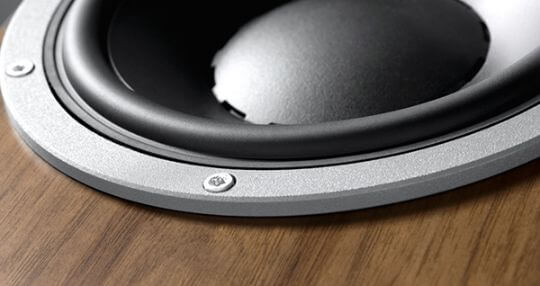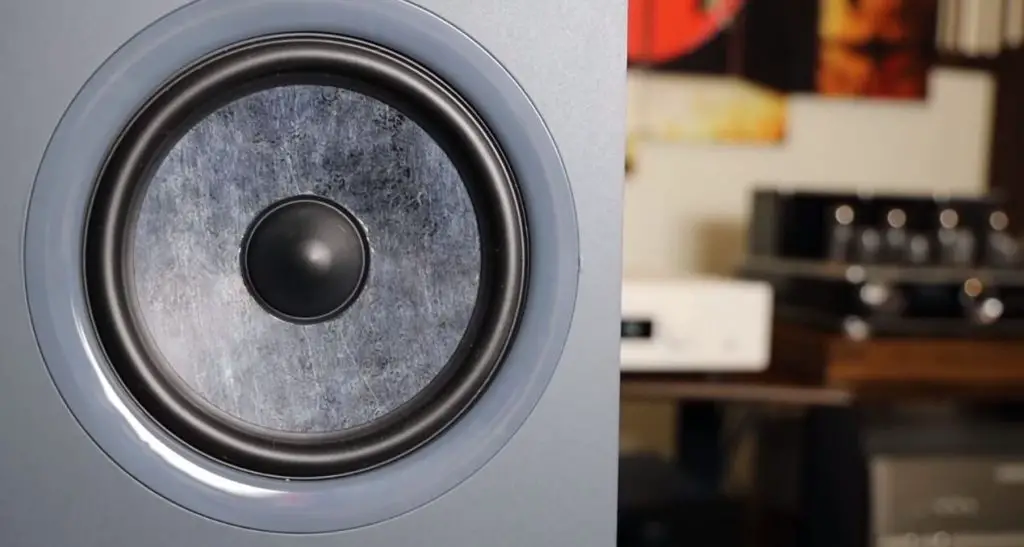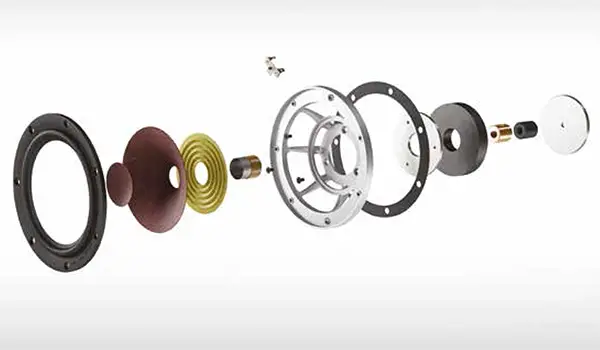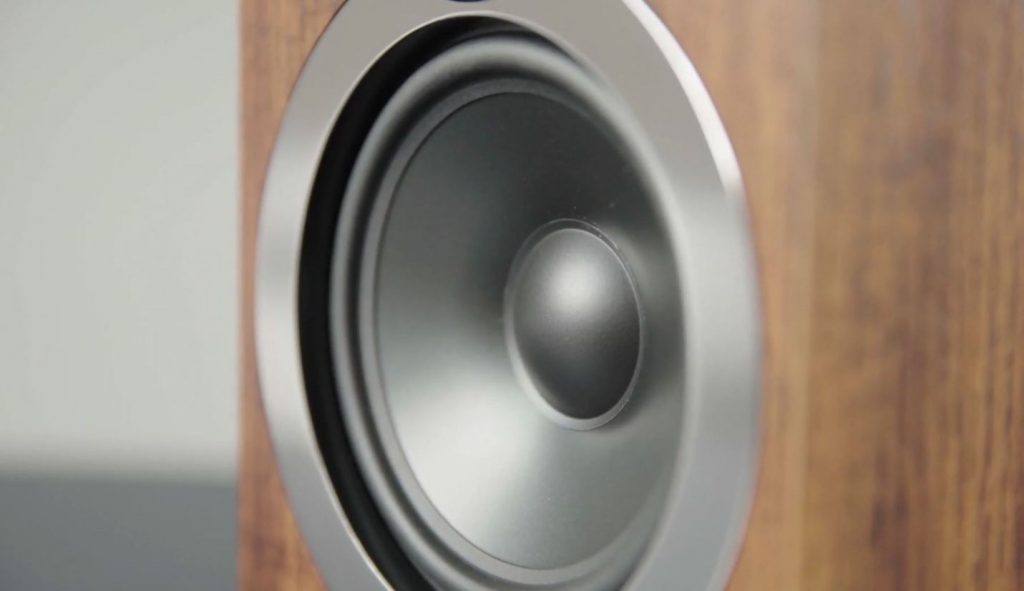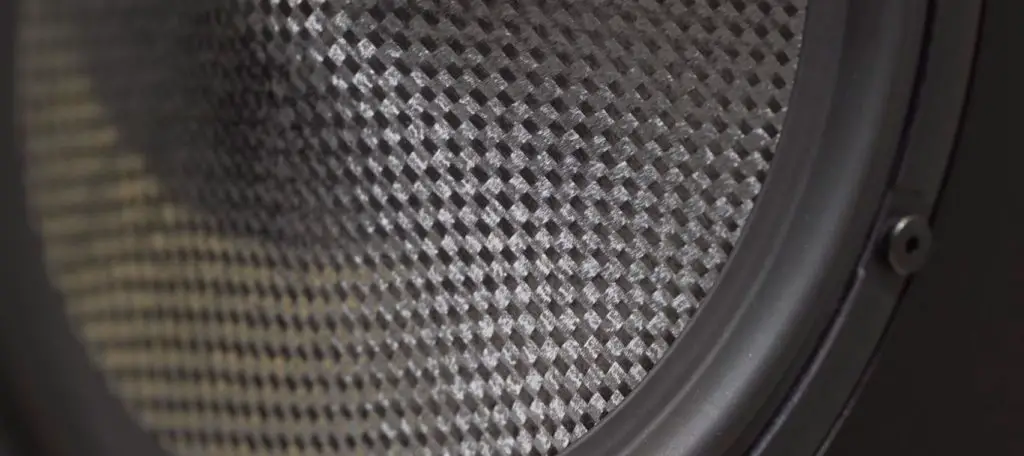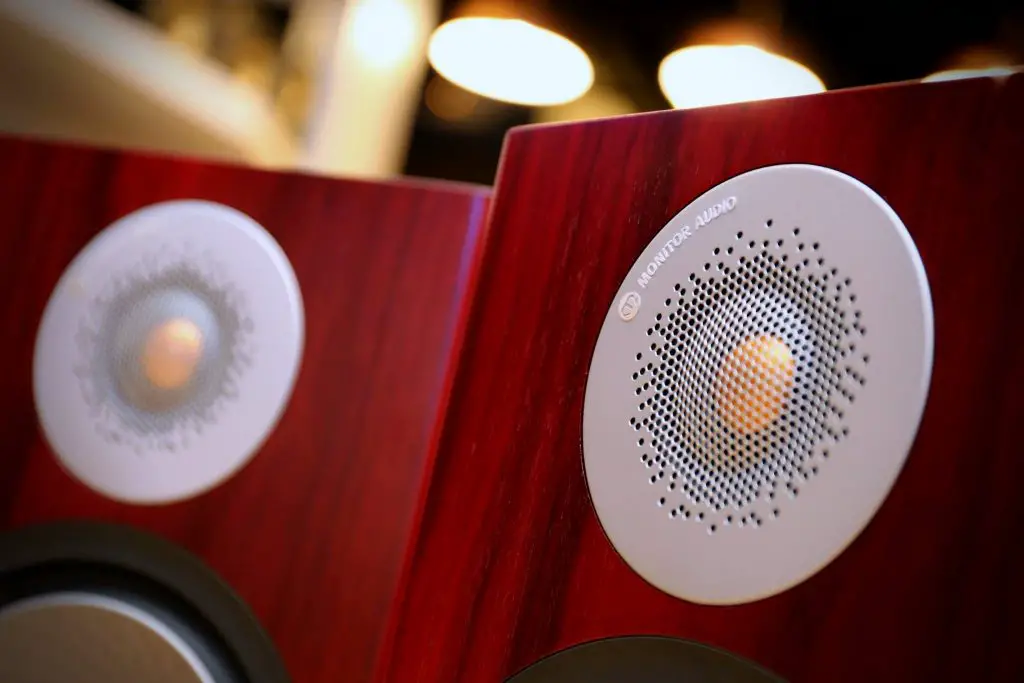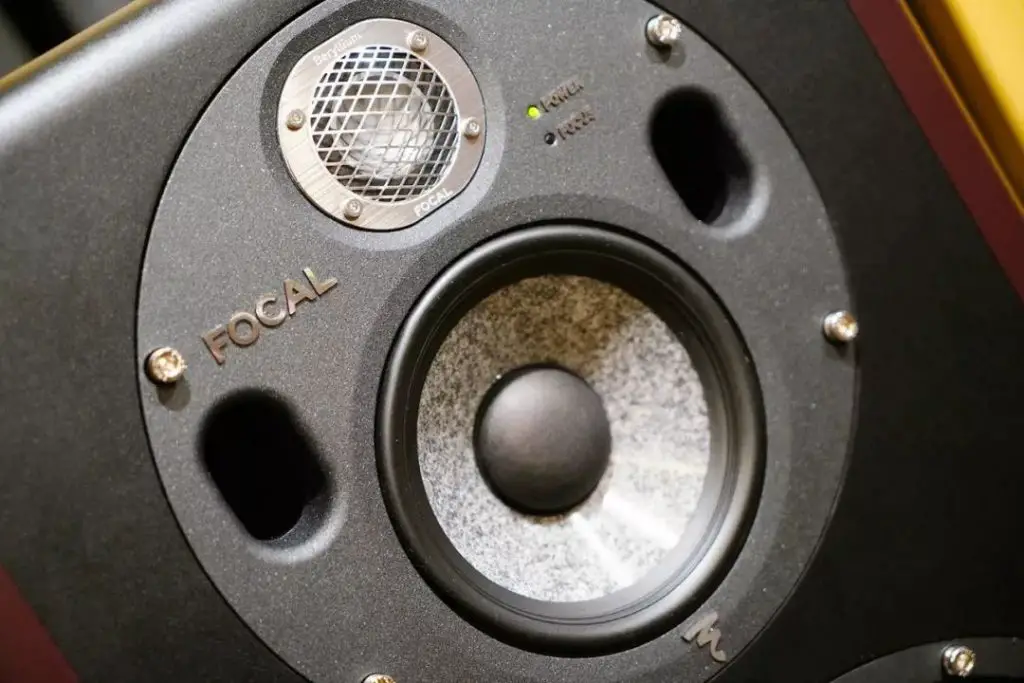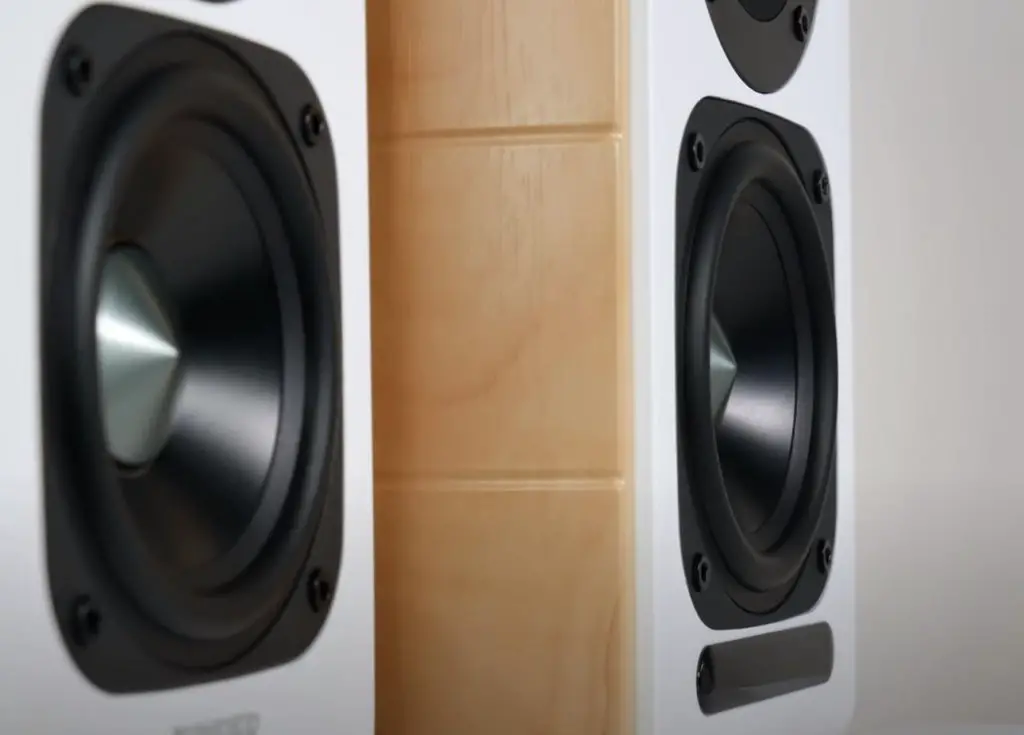Understand The Speaker Diaphragm
I.Introduction
If you’re an audiophile or a musician, you know that the quality of your speaker can make a huge difference in the overall sound of your system. And when it comes to speaker quality, the diaphragm is a critical component to consider.
So, what is a speaker’s diaphragm? Simply put, it’s the flexible material that vibrates to create sound waves. It’s what converts the electrical signals sent to your speakers into the sounds you hear.
The material, size, and shape of the diaphragm all contribute to the performance of your speaker. Different materials offer different characteristics, such as frequency response and durability. Choosing the right diaphragm material is key to optimizing the performance of your speaker for a specific application or frequency range.
In this post, we’ll delve into the various types of speaker diaphragms available. From traditional materials like paper and plastic to modern materials like carbon fiber and beryllium to specialty materials like diamond and sapphire, we’ll explore the pros and cons of each. We’ll also discuss the key factors to consider when selecting a diaphragm material for your audio setup.
How Does the Diaphragm Produce Sound?
A speaker’s diaphragm produces sound by vibrating in response to an electrical signal. Here’s how it works:
- An electrical signal is sent to the speaker, which is made up of a magnet, a coil of wire, and a diaphragm.
- The electrical signal causes the coil to move back and forth within the magnetic field. This movement is called electromagnetic induction.
- As the coil moves back and forth within the magnetic field, it causes the diaphragm to vibrate.
- The diaphragm is made of a flexible material, such as paper, plastic, or metal, and as it vibrates, it creates sound waves that can be heard through the speaker.
- The frequency and amplitude of the electrical signal determine the frequency and volume of the sound waves produced by the speaker.
In summary, a speaker’s diaphragm produces sound by vibrating in response to an electrical signal, converting the electrical energy into sound energy that can be heard through the speaker.
II. Traditional Diaphragm Materials
There are several traditional materials that have been used in the construction of speaker diaphragms. Let’s take a look at some of the most common ones:
- Paper: Paper has been a popular choice for speaker diaphragms for many years due to its low cost and good damping properties. However, paper diaphragms can be prone to damage from moisture and are not as durable as some other materials.
- Plastic: Plastic diaphragms are lightweight and have good flexibility, which can make them well-suited for certain types of speakers. However, they may not be as rigid as some other materials, which can affect their performance at higher frequencies.
- Metal: Metal diaphragms, such as aluminum or titanium, offer excellent rigidity and durability. However, they can be quite heavy, which can impact the overall performance of the speaker.
When considering traditional diaphragm materials, it’s important to weigh the pros and cons of each. Paper diaphragms may be inexpensive, but they may not be as durable as plastic or metal. Plastic diaphragms may be lightweight, but they may not have the same level of rigidity as metal. Ultimately, the best material for your speaker will depend on your specific needs and budget.
III. Modern Diaphragm Materials
In recent years, several new materials have emerged as options for speaker diaphragms. Let’s take a look at some of the most popular modern materials:
- Kevlar: Kevlar is a synthetic fiber that is known for its high strength and low weight. It has become a popular choice for speaker diaphragms due to its excellent rigidity and good damping properties. However, Kevlar diaphragms can be more expensive than some other materials.
- Carbon fiber: Carbon fiber is a strong, lightweight material that has gained popularity in a variety of applications, including speaker diaphragms. Carbon fiber diaphragms offer excellent rigidity and wide frequency response, but they can be quite expensive.
- Beryllium: Beryllium is a highly conductive, lightweight metal that has become a popular choice for high-end speaker diaphragms. It offers excellent performance across a wide frequency range, but it can be expensive and difficult to work with.
When considering modern diaphragm materials, it’s important to weigh the pros and cons of each. Kevlar diaphragms offer excellent strength and damping properties, but they may be more expensive than some other materials. Carbon fiber diaphragms offer a wide frequency response and good rigidity, but they may be even more expensive. Beryllium diaphragms offer excellent performance, but they may be cost-prohibitive for many users. Ultimately, the best material for your speaker will depend on your specific needs and budget.
IV. Specialty Diaphragm Materials
In addition to traditional and modern materials, there are also a few specialty materials that have been used in the construction of speaker diaphragms. Let’s take a look at some of the most notable ones:
- Diamond: Diamond is a highly conductive, extremely hard, and lightweight material that has been used in the construction of speaker diaphragms. It offers excellent performance across a wide frequency range, but it is extremely expensive and difficult to work with.
- Sapphire: Sapphire is a hard, transparent material that has been used in the construction of speaker diaphragms due to its excellent strength and transparency. It offers good performance across a wide frequency range, but it is relatively expensive.
- Ceramic: Ceramic diaphragms are made from materials such as alumina or zirconia, and offer good strength and durability. However, they can be quite heavy, which can impact the overall performance of the speaker.
When considering specialty diaphragm materials, it’s important to weigh the pros and cons of each. Diamond diaphragms offer excellent performance, but they may be cost-prohibitive for many users. Sapphire diaphragms offer good strength and transparency, but they may be relatively expensive. Ceramic diaphragms offer good strength and durability, but they may be heavy. Ultimately, the best material for your speaker will depend on your specific needs and budget.
V. Factors to Consider When Choosing a Diaphragm Material
When selecting a diaphragm material for your speaker, there are several key factors to consider. These include:
- Frequency response: The frequency response of a speaker’s diaphragm refers to the range of frequencies that the speaker can reproduce accurately. Different materials have different characteristics in terms of their frequency response, so it’s important to choose a material that is well-suited to the frequencies you want to reproduce.
- Durability: The durability of a speaker’s diaphragm is an important factor to consider, especially if you plan to use the speaker frequently or in challenging environments. Some materials, such as metal and carbon fiber, are more durable than others but may be more expensive as a result.
- Weight: The weight of the diaphragm can impact the overall performance of the speaker. Lighter materials may offer better performance at higher frequencies, but may not be as rigid as heavier materials.
- Cost: The cost of the diaphragm material is an important factor to consider, especially if you are working with a limited budget. Some materials, such as diamond and beryllium, are much more expensive than others, such as paper and plastic.
When choosing a diaphragm material, it’s important to consider the specific needs of your audio setup and weigh the pros and cons of each material. The best material for you will depend on your budget and the specific performance characteristics you are looking for.
VI. Conclusion
In this post, we have explored the different types of speaker diaphragms available, including traditional materials like paper and plastic, modern materials like carbon fiber and beryllium, and specialty materials like diamond and sapphire. We have also discussed the key factors to consider when selecting a diaphragm material, including frequency response, durability, weight, and cost.
It’s important to remember that the best diaphragm material for your speaker will depend on the specific needs of your audio setup. Consider your budget, the frequencies you want to reproduce, and the level of durability you need when selecting a material. With so many options available, it’s important to do your research and choose a material that is well-suited to your specific needs.
In conclusion, the speaker diaphragm is a critical component that plays a key role in the performance and quality of your audio system. By understanding the different types of diaphragm materials available and considering the specific needs of your setup, you can choose the best diaphragm material for your speaker and get the most out of your audio setup.
